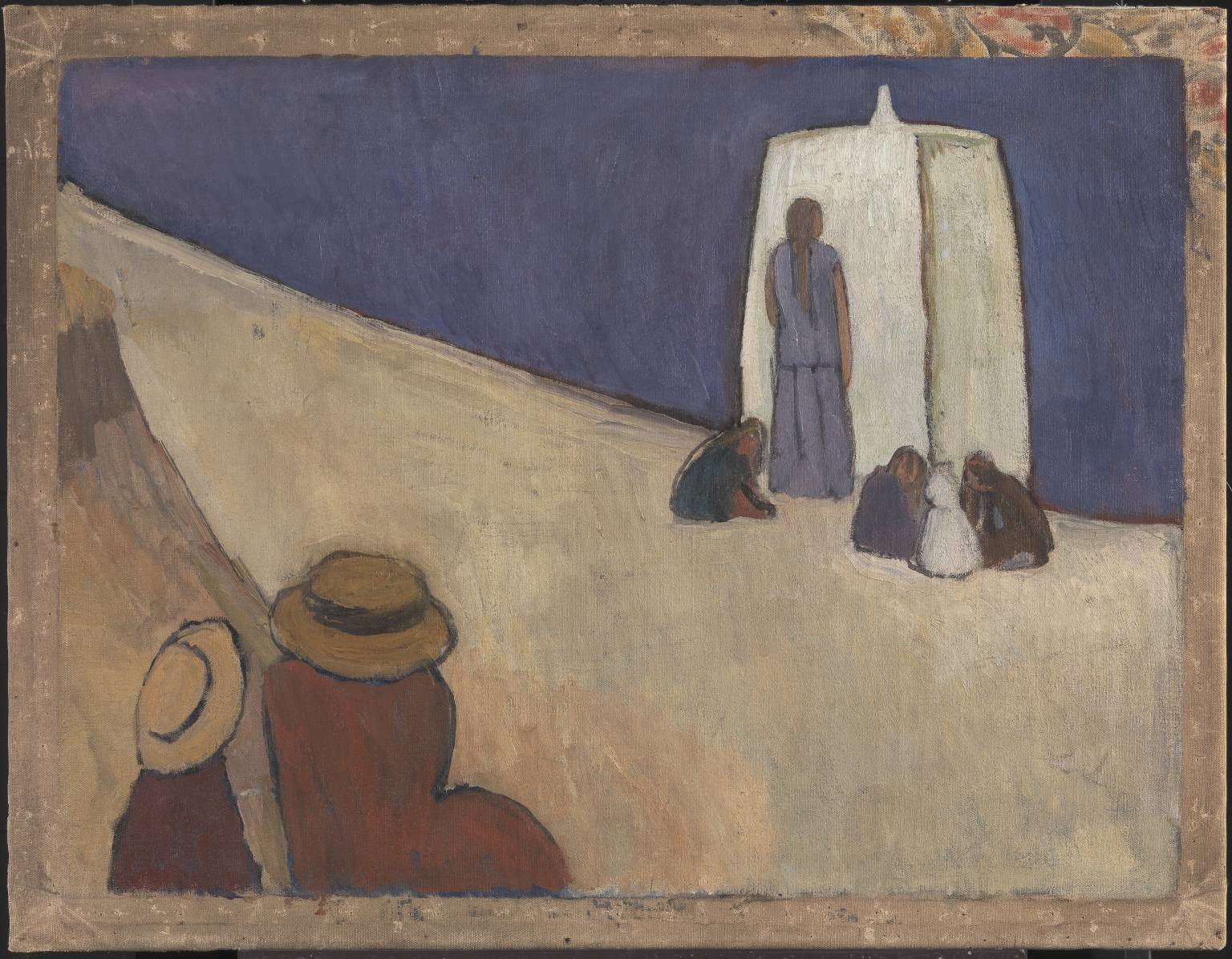
The artistic and social movement commonly termed “modernism”—dating roughly from the late nineteenth century through the interwar period—was described by some of its earliest theorists as a “rebellion against authority,” a “revolution of the word,” “kicking over old walls,” and the “breaking of ‘Do Nots.” Often characterized by a radical break with existing artistic and social forms, an acute sensitivity to psychological subjectivity and individual consciousness, a preference for the aesthetic fragment over the whole, modernist artworks offer inside-out critiques of a rapidly transforming social world. The unprecedented rupture of the First World War; the collapse of nineteenth-century narratives of progress and historical destiny; the New Woman and feminist critiques of Victorian domesticity; the rapid decline of British imperialism; the long and uneven arrival of universal suffrage; new discoveries in the sciences and the social sciences—all these social phenomena brought with them fresh artistic problems and challenges. Alongside our literary historical investigations we will read essays by and about modernists. We will also be paying particular attention to important developments in recent scholarship, especially the salutary rewriting of literary modernism’s own self-mythologizing as a narrow set of white, male writers. By what imaginative and critical means could artists conjure a world that they saw as radically new and yet hopelessly broken? What opportunities for social critique—feminist, Marxist, queer, anticolonial—did this search for new modes of expression make available? And just how radical a break was modernism from earlier social and narrative forms—and how do writers in our own time play with them?
- rhētor: Alexander Millen